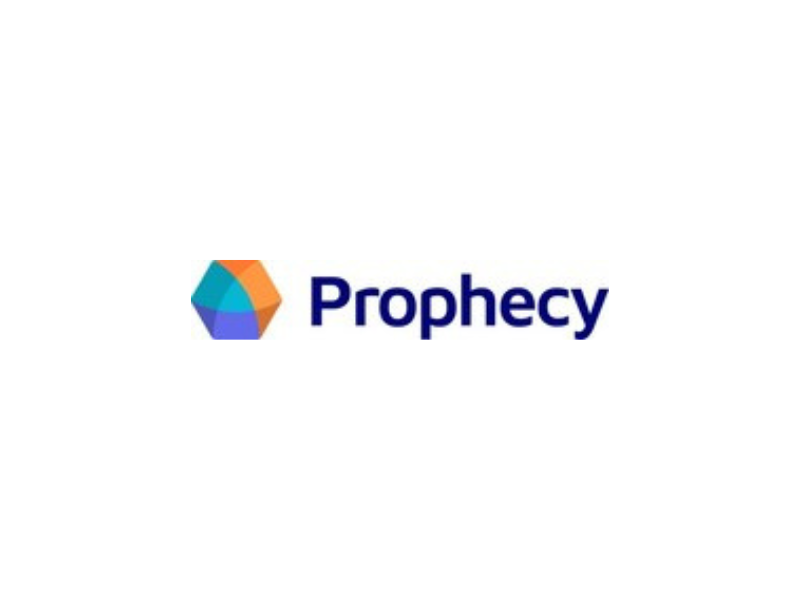Prophecy has officially announced the launch of Prophecy 4.0, which happens to be the latest version of its AI-driven data integration platform for pipeline development, deployment, and automation. According to certain reports, the stated technology …
Prophecy has officially announced the launch of Prophecy 4.0, which happens to be the latest version of its AI-driven data integration platform for pipeline development, deployment, and automation.
According to certain reports, the stated technology is markedly optimized for organizations running Databricks SQL, Databricks’ serverless intelligent data warehouse. More on that would reveal how Prophecy 4.0 arrives on the scene as world’s first data integration platform to address the needs of analysts in business. This it does using self-service, production-ready data preparation which operates within guardrails defined by central IT.
“Organizations have put their most valuable data assets into Databricks, and Prophecy 4.0 makes it easier than ever to make that data available to analysts,” said Roger Murff, VP, Technology Partners, Databricks. “And because Prophecy is natively integrated with the Databricks Data Intelligence Platform, platform teams get centralized visibility and control over user access, compute costs, and more.”
Talk about the whole value proposition on a slightly deeper level, we begin from how the technology in question brings to your disposal an intuitive new AI-powered interface, designed specifically for modern day data analysts, to further simplify data preparation, while simultaneously extending critical capabilities.
This mechanism, for instance, includes secure data loading from commonly used sources, such as SFTP, SharePoint, Salesforce, and Excel or CSV files from analysts’ desktops. Next up, Prophecy 4.0 covers last-mile data operations to let analysts seamlessly send results to Tableau and notify stakeholders via email.
Complementing that would be the availability of built-in automation with a drag-and-drop interface which makes it possible for analysts to run and validate pipelines without the need for separate tools.
All in all, Prophecy can effectively conceive governance-first capabilities that include access controls, cost management, and standards for quality etc.
“We’ve visited companies where analysts would outline data workflows in their data prep tools and then engineers downstream would recode the entire pipeline from scratch with their ETL software. It was a huge waste of time and energy. With Prophecy 4.0, everything is done once,” said Raj Bains, CEO, Prophecy.
Another detail worth a mention is rooted in the solution’s simplified version control, which allows analysts to easily share pipelines with expert data engineers who can then refine and optimize them before deploying to production.
Joining the mix from here would be an assortment of new, at-a-glance data profiles that will drive users’ trust in data with visibility into data distribution, data completeness, and other key attributes. We also have Packages available to enforce standardized, compliant pipelines, and introduce an easier mechanism for users to assemble new workflows from reusable, governed components.
Rounding up highlights would be real-time pipeline observability, which treads up a long distance to prevent unexpected disruptions and ensure analysts, as well as engineers can track pipeline performance, detect failures early, and reduce downtime.
The entire development delivers a rather interesting follow-up to one recent survey of executives, where 50% of respondents said they struggled to hire data engineers, whereas on the other hand, 53% said they had trouble scaling their team to meet demand.
Founded in 2017, Prophecy’s rise up the ranks stems from meeting the needs of today’s analysts, and at the same time, achieve optimal governance and compliance with guardrails set by central data platform teams. The company’s portfolio of solution, at present, strives to simplify and automate data preparation with cutting-edge AI-driven capabilities.
Prophecy’s excellence in what it does can also be understood once you consider that Fortune 500 companies, including the largest institutions in banking, insurance, healthcare, and more, rely on it to deliver clean, trusted, and timely data at scale.
“Modern data environments are highly distributed, diverse, and dynamic. This is a challenge for enterprises, which increasingly want to give non-technical users easy access to corporate data. Solutions like Prophecy 4.0, which combine GenAI and no-code visual interfaces with a high degree of automation, can have a significant impact on enterprise performance by making self-serve data preparation available to non-technical users while maintaining strict control over permissions, cloud spend, and other important aspects of data governance,” said Stewart Bond, Vice President, Data Intelligence and Integration Software, IDC.




